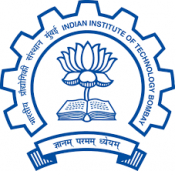
Project 17.1 (2019)
Background
Toll roads experience large and high to low frequency loading conditions and non-disruptive and efficient usage of toll roads is an essential requirement of a society. Consequently, identification and early intervention, in terms of proactive maintenance, of toll road sections that might be under distress conditions or on the verge of potential failure is important. Unlike other road types, several factors have to be considered for efficient condition assessment of toll roads. These include the need for high-speed data acquisition, cost-effectiveness, and the capacity for large spatial data to be collected over a reasonable time.
The health status of the thick asphalt layer in toll roads is an important element of the toll road and the major objective of this project will be the development of highly advanced and modern technologies for the assessment of appropriate parameters that are essential in the remaining life analysis of full-depth asphalt pavements in toll roads. Furthermore, it is expected that such data could be used in developing digital-twin concept of these infrastructures for response modelling and management scenario evaluations.
Project Objectives
1.To conduct a comprehensive literature review of the condition assessment and remaining life analytics of full-depth asphalt pavements. Also, review the application of thermal and hyperspectral imaging, and GPR technology for this purpose.
2. To develop a methodology for thermal and hyperspectral imaging to identify pavement surface distress.
3. To identify and utilise appropriate GPR technology for condition assessment of full-depth asphalt pavements.
4. To provide recommendations on remaining life analytics for full-depth asphalt pavements.
5. To make recommendations for usage of condition assessment and remaining life analytics in digital twin concept of toll roads.
- Professor Jayantha Kodikara (LCI - Monash University)
- Professor Jeffrey Walker (Monash University)






































